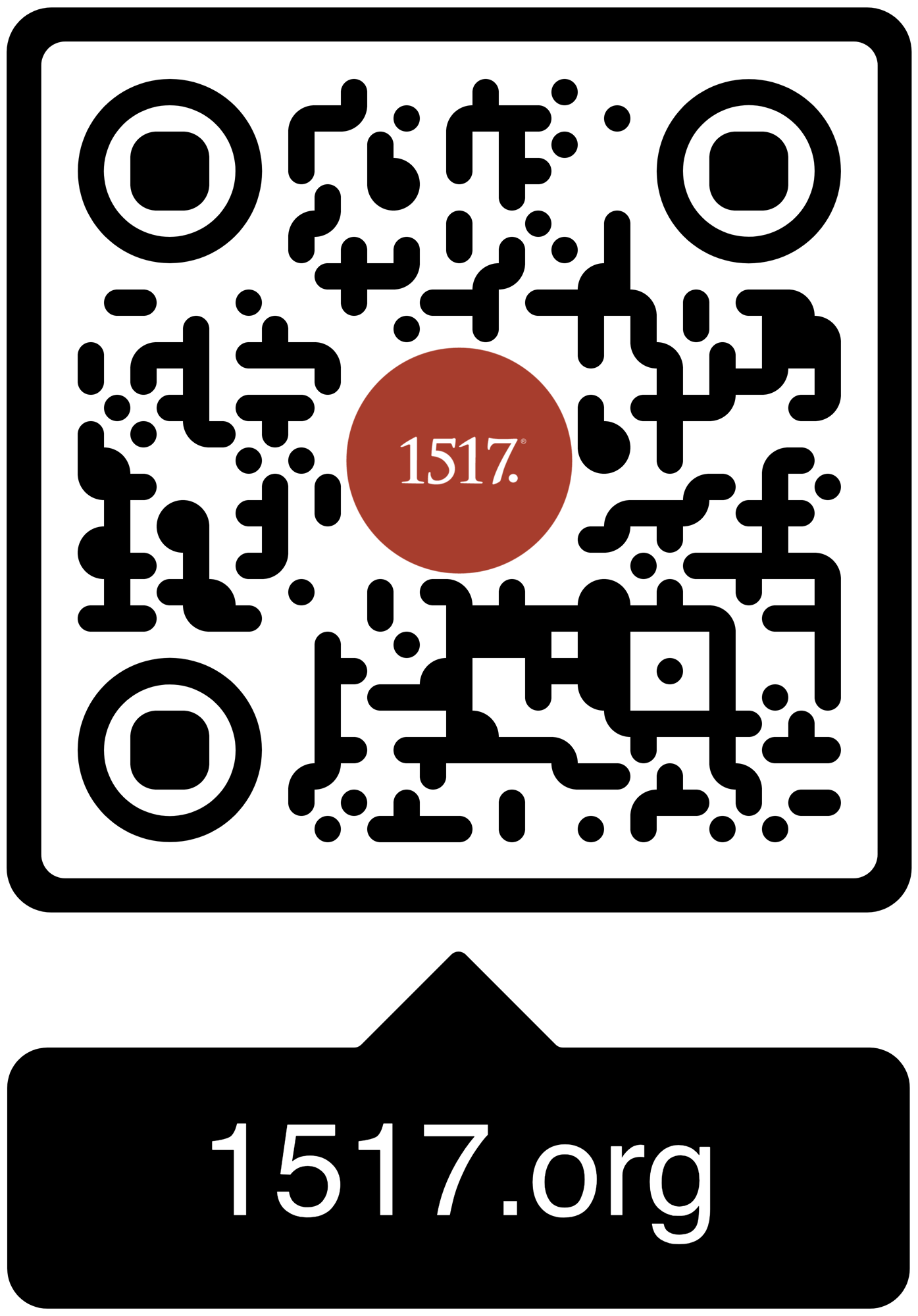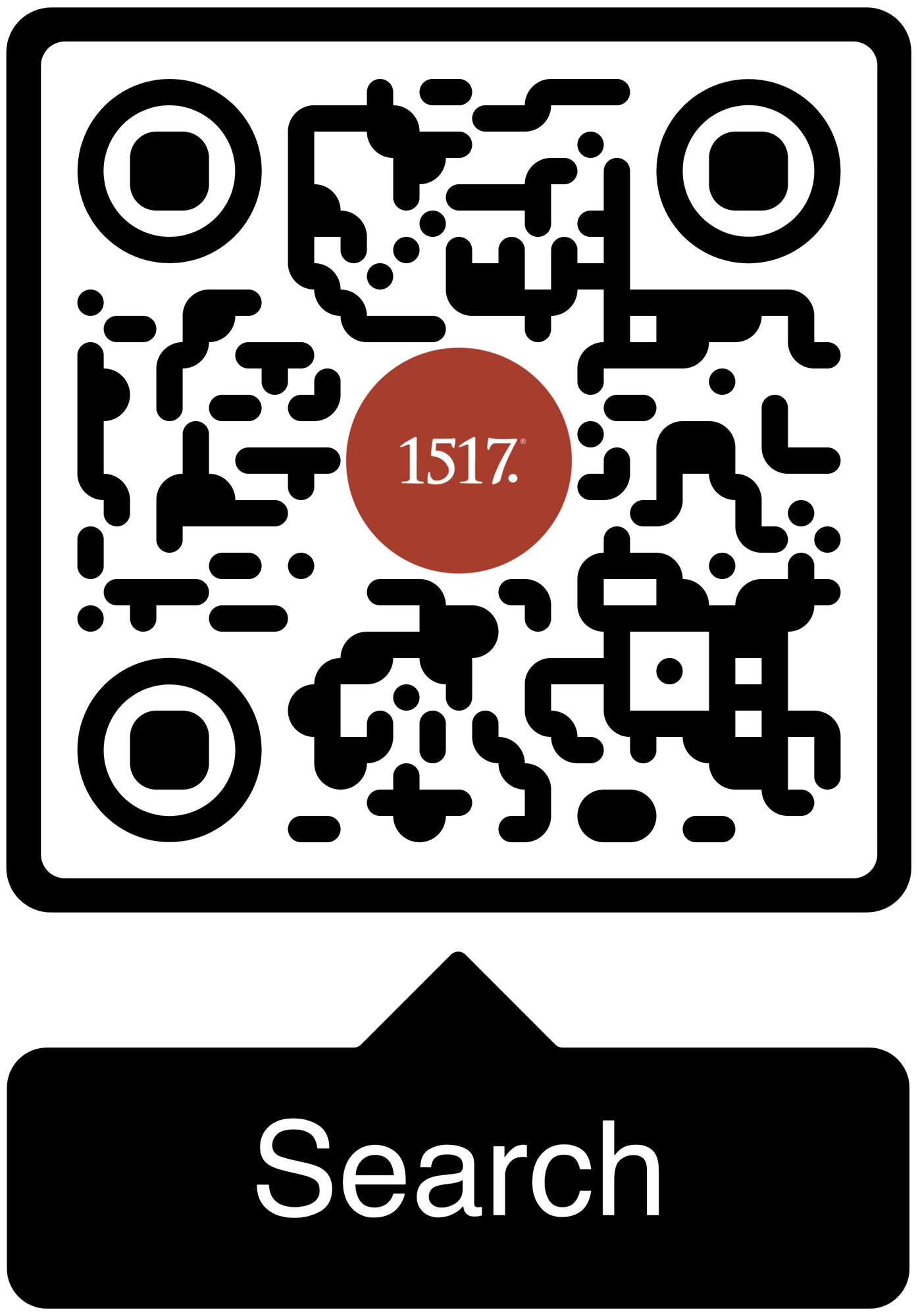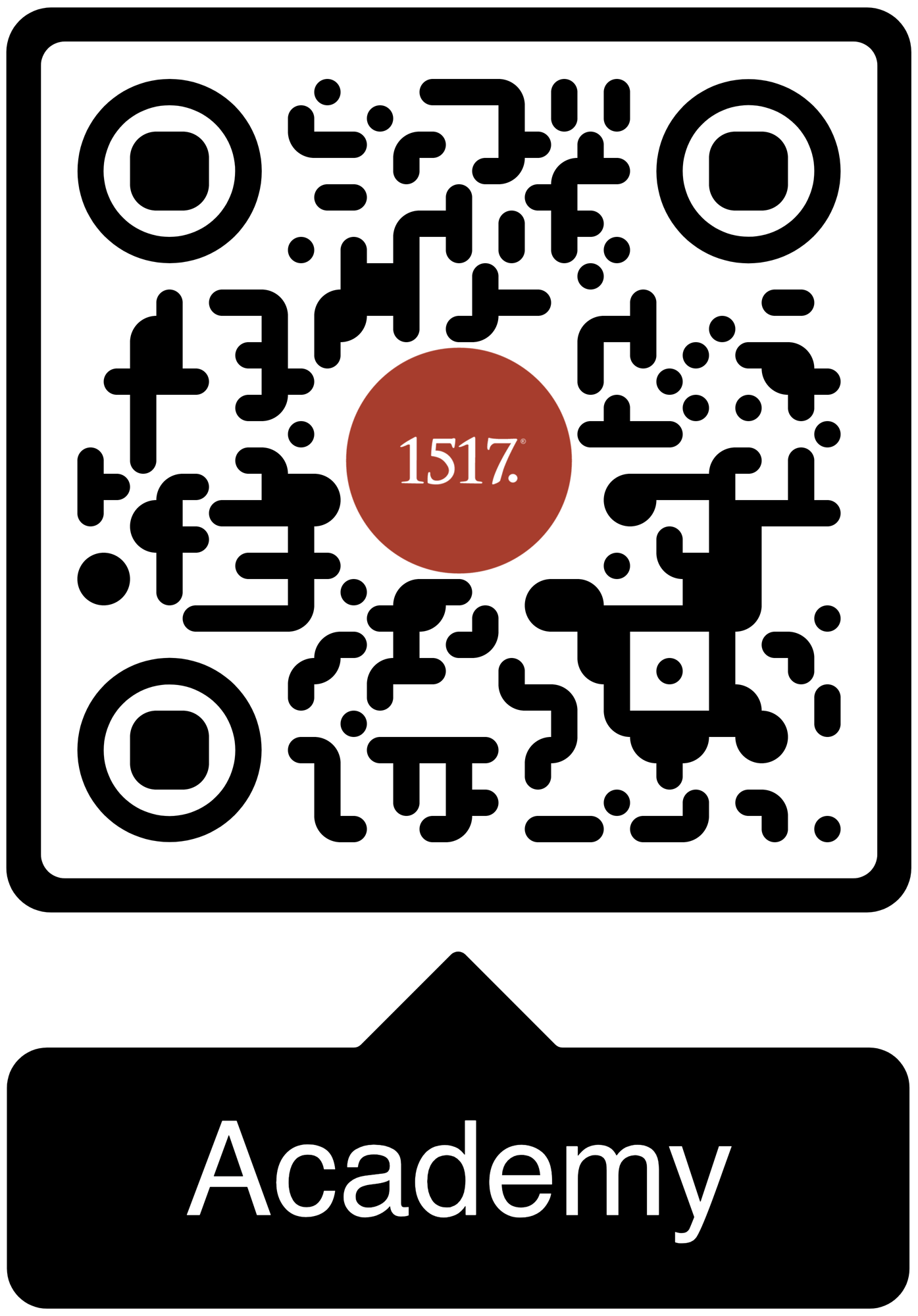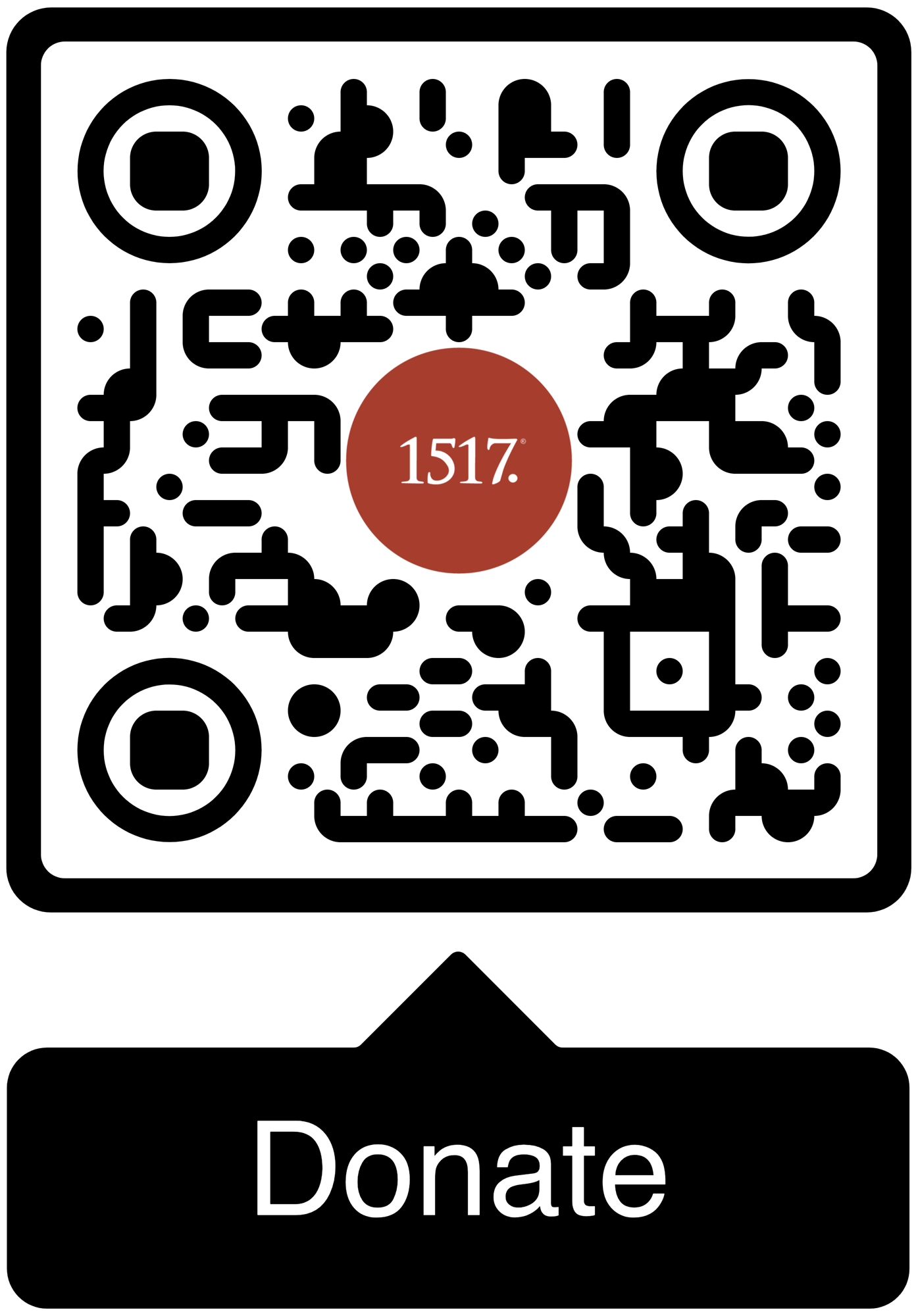Even if the Shroud were proven a medieval forgery, it would only highlight the skill of its maker. The case for Christ’s resurrection rests on eyewitness testimony.
Few artifacts from church history generate as much fascination as the Shroud of Turin. And I’ll be honest, though I am generally suspicious of such enthusiasm, I can’t help but be intrigued by this one which I’ve written about before. What fascinates me is not only the cloth itself but also the historical and scientific scrutiny that surrounds it.
A good deal of physical and chemical evidence points toward a first-century origin. More than that, leading expert Jeremiah Johnston has argued that the unique features of this cloth—when compared to hundreds of other ancient burial shrouds—make a compelling case that it could be the burial cloth of Jesus himself. (See his recent interview with Tucker Carlson for more on this.)
Even so, challenges to its authenticity continue to appear. Two, in particular, emerged this summer.
A Digital Challenge
In July, Brazilian 3D designer Cícero Moraes published a study in the journal Archaeometry. Using computer simulations, he argued that the Shroud’s image does not look like what you’d expect if linen had been wrapped around a real human body. Instead, he suggested it resembles the imprint of a shallow sculpture, or “bas-relief.”
Pressing cloth onto a real body, Moraes explained, produces distortions—faces and torsos appear stretched when flattened. The Shroud’s image shows fewer distortions, leading him to propose a sculpted object as the source.
The response was quick. Archbishop Roberto Repole of Turin called Moraes’ conclusions superficial. Other critics noted that he did not study the Shroud itself but only created digital models. More importantly, his work does not account for the cloth’s unique features. No pigment or paint has ever been found. The image rests only on the outermost fibrils of the linen. Under ultraviolet light, researchers have observed fluorescence and even faint serum halos around bloodstains—the rings that form when real blood separates as it dries. None of these are explained by the bas-relief theory.
A Medieval Voice
Just weeks later, another challenge appeared in the Journal of Medieval History. Historian Nicolas Sarzeaud uncovered the earliest written denunciation of the Shroud, predating Bishop Pierre d’Arcis’s famous 1389 memorandum.
In his Problemata, the 14th-century scholar Nicole Oresme complained that some clergy enriched themselves by charging people to see relics that were “clear and patent” forgeries—including the Shroud. His comments remind us that doubt about the Shroud is not new. Even in the Middle Ages, Christians debated its authenticity.
Why the Debate Matters
The controversy is not likely to end soon. Studies will continue to make headlines without resolving the question. That is the nature of historical and scientific inquiry.
What makes the Shroud special is that if it truly is the burial cloth of Jesus, it would be the most important archaeological artifact in history—the only surviving physical witness to his crucifixion and resurrection.
Yet this must never overshadow the reliability of the Gospels and the overwhelming evidence for the resurrection itself. Even if the Shroud were proven a medieval forgery, it would only highlight the skill of its maker. The case for Christ’s resurrection rests on eyewitness testimony.
Paul reminds us that more than five hundred people saw the risen Christ at once (1 Cor. 15:6). Matthew and John were eyewitnesses. Mark and Luke based their accounts on eyewitness sources. Roman and Jewish records corroborate the crucifixion. By any historical measure, the resurrection is as well attested as any event from antiquity. Yes, it is extraordinary, but history is determined by what happened (as shown by the evidence), not by what we think could or could not happen.
The Greater Reality
In one of the earliest New Testament documents, Paul declared, “But in fact Christ has been raised from the dead” (1 Cor. 15:20). The evidence all bears witness to this.
The resurrection is no myth or metaphor. It is the turning point of history.
And here lies the deeper significance of the Shroud. Christianity proclaims that God entered history in the person of Jesus Christ. The Word became flesh—tangible, visible, and even examinable. The claims of Christianity are not hidden in some mystical corner. They are grounded in real time and space.
This is why the Shroud continues to draw such attention. If authentic, it would be the only surviving artifact that bears the marks of Jesus’ crucifixion and the mysterious imprint of his body. But even if it is not, its enduring fascination reminds us that the Christian faith rests not on relics but on the reality of the resurrection.
That is why Paul could say with confidence, “But in fact Christ has been raised.” And whether the Shroud of Turin is genuine or not, what matters infinitely more is the one to whom it may bear witness: Jesus Christ, the crucified and risen Son of God, our Lord and Redeemer.





